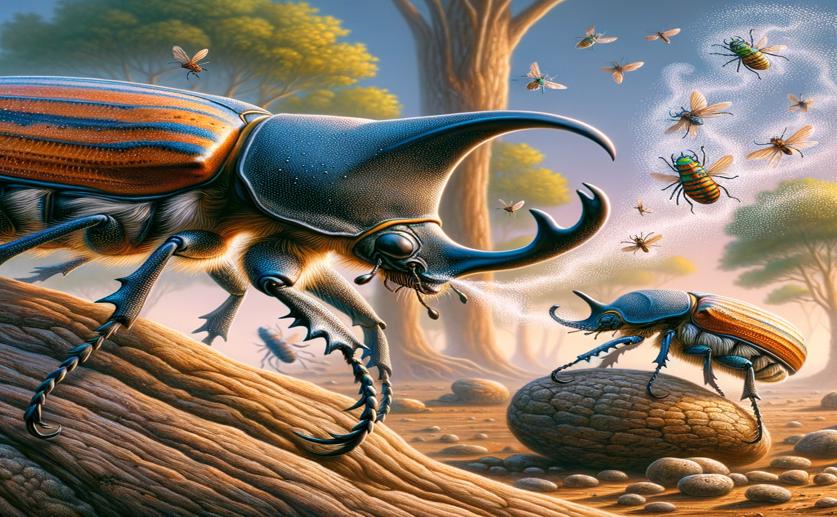
Understanding How Certain Beetles Use Scent to Find Each Other
Greg Howard
7th June, 2024

Image Source: Natural Science News, 2024
Key Findings
- The study focused on the burnt pine longhorn beetle, Arhopalus ferus, in New Zealand
- Researchers identified that male A. ferus emit (E)-fuscumol and geranylacetone, which are key pheromones
- Traps baited with geranylacetone and fuscumol captured significantly more female beetles than unbaited traps
EnvironmentBiochemAnimal Science
References
Main Study
1) Exploring the Nature of Arhopalus ferus (Coleoptera: Cerambycidae: Spondylidinae) Pheromone Attraction
Published 6th June, 2024
https://doi.org/10.1007/s10886-024-01508-8
Related Studies
2) Effect of aerosol surface lubricants on the abundance and richness of selected forest insects captured in multiple-funnel and panel traps.
Journal: Journal of economic entomology, Issue: Vol 104, Issue 4, Aug 2011
3) Response of the woodborers Monochamus carolinensis and Monochamus titillator (Coleoptera: Cerambycidae) to known cerambycid pheromones in the presence and absence of the host plant volatile α-pinene.
4) An Unstable Monoterpene Alcohol as a Pheromone Component of the Longhorned Beetle Paranoplium gracile (Coleoptera: Cerambycidae).



 17th May, 2024 | Jenn Hoskins
17th May, 2024 | Jenn Hoskins